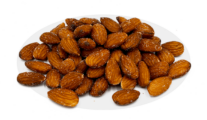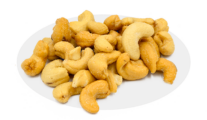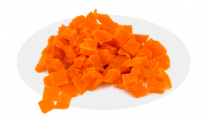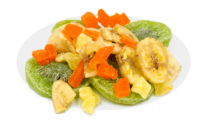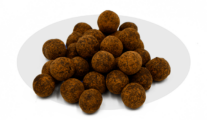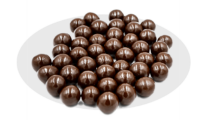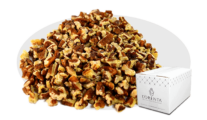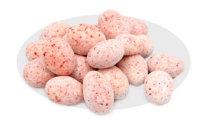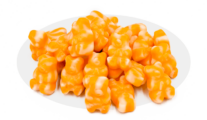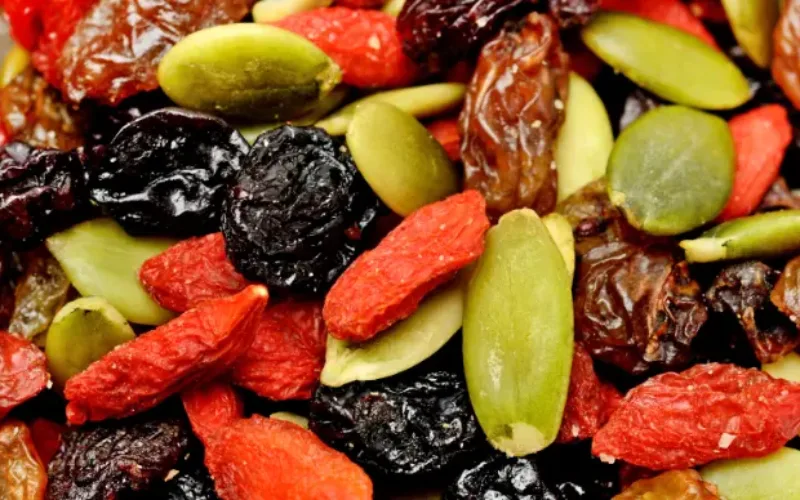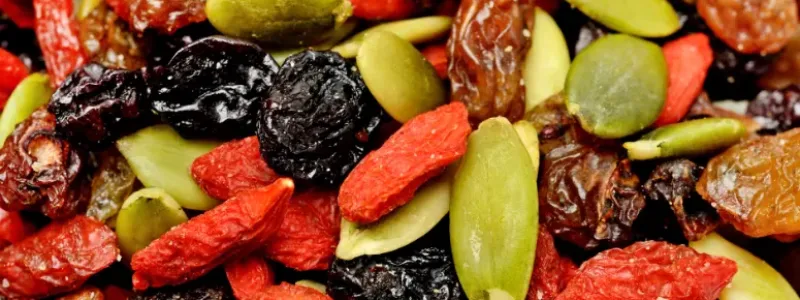Written By Sam Henselijn
Truffles are delicious, and this recipe is easy to make! This delightful treat is for anyone seeking a healthier alternative to traditional chocolate truffles. Combines the creamy texture of almond butter with the sweet, chocolatey taste of carob, a fantastic cocoa alternative that’s naturally sweet and caffeine-free.
Ingredients
- A pinch of sea salt
- Four tablespoons of nut butter
- Four tablespoons of carob butter
- One-quarter cup of melted coconut oil
- One-third of a cup of rolled oats
- A third of a cup of ground almonds
- Two third of a cup of shredded coconut
- One-quarter cup of maple
Procedure Truffles
Step 1
Take all your ingredients and add them to the mixing bowl. Mix them till they combine. When combined, the mixture will be a bit sticky. Place it in a fridge for it to harden up.
Step 2
Use your hands to form the mixture into balls. Add the desiccated coconut and lime for coating.
Step 3
Roll the balls in the coconut. Ensure that the coconut coats the balls well. Place the coated coconut balls in a fridge till they harden. It should set in about thirty minutes.
Step 4
You can keep them in an airtight container at room temperature. However, they are best preserved in a fridge.
Do you want to get your guests excited each time you invite them? Learn more recipes at lorentanuts.com. Our recipes are easy and practical.
What are Truffles?
They are a type of underground mushroom known as ectomycorrhizal fungi. They’re highly prized for their unique aroma and flavor. They are expensive due to their scarcity, labor-intensive harvesting process (often involving trained dogs or pigs), and their demand in gourmet cooking worldwide.
How do truffles grow?
They grow underground, attached to the roots of certain trees, like oaks and hazelnuts, in a symbiotic relationship. They require specific soil conditions and climate to develop, which is why they are mostly found in specific regions, such as parts of Italy, France, and Australia.
What’s the difference between black and white truffles?
The main differences lie in their aroma, taste, and growing season. Black truffles, known for their earthy flavor, are generally harvested in winter. White truffles, which have a more intense, garlicky flavor, are rarer and harvested in the fall. White truffles are often more expensive than black ones due to their distinct aroma and shorter harvest season.
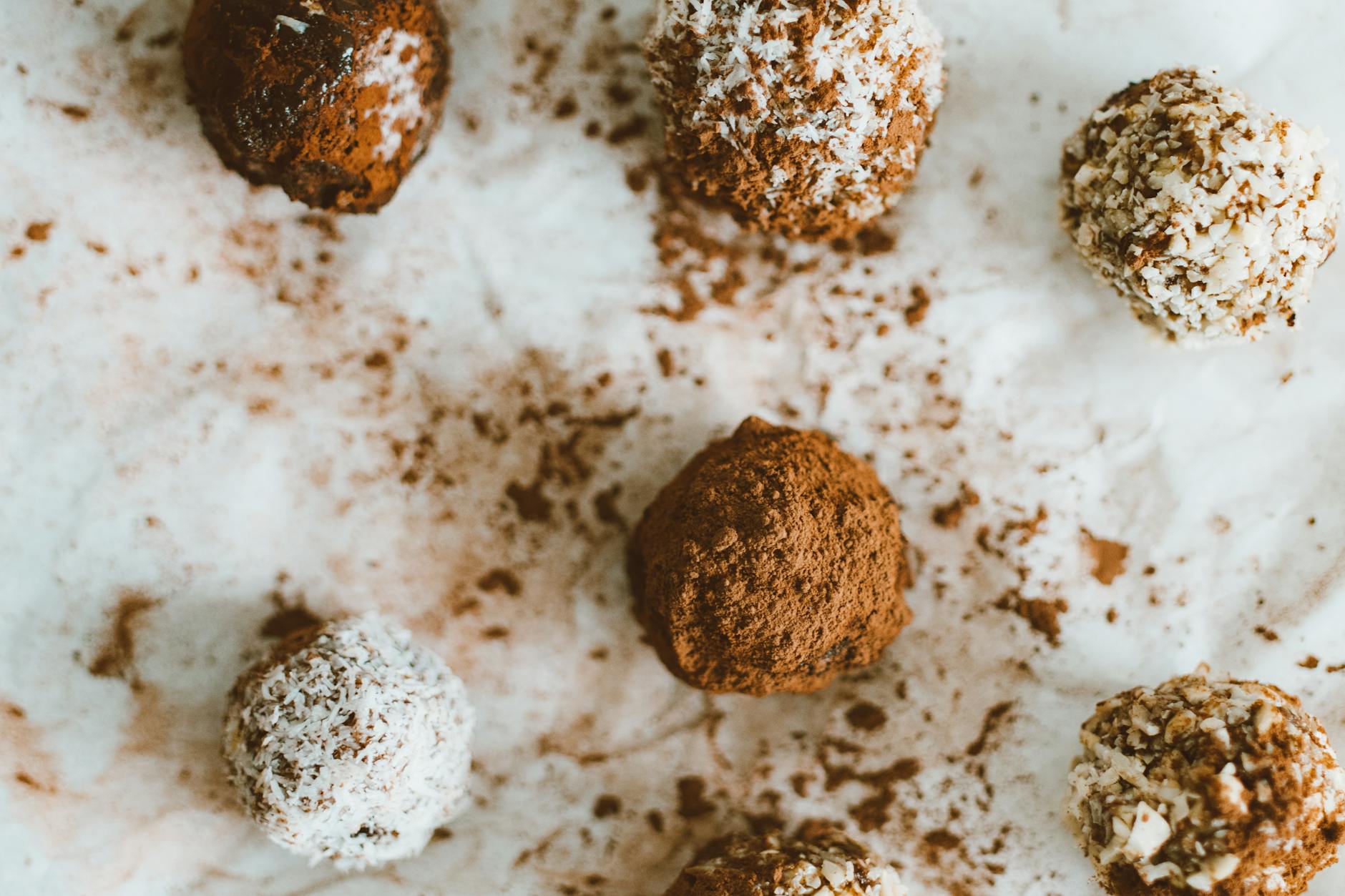
Sam Henselijn Author’s Biography – Meet L’Orenta Nuts CEO
Copyright 2024 L’Orenta Nuts
L’Orenta Nuts proudly holds the SQF food safety certification, symbolizing our unwavering dedication to upholding the highest standards of food safety and quality. This certification guarantees that our products undergo rigorous scrutiny, ensuring transparency, traceability, and adherence to global food safety regulations for the utmost consumer confidence.
L’Orenta Nuts has the HACCP (Hazard Analysis and Critical Control Points) certification is a systematic approach to identifying, evaluating, and controlling food safety hazards. It ensures that food products are produced and handled in a manner that minimizes risks and complies with safety standards.
Our GMP (Good Manufacturing Practices) certification ensures that a manufacturing facility adheres to comprehensive quality and safety standards while producing pharmaceuticals, food, and other consumer goods, promoting consistency, quality, and compliance with regulatory requirements.
L’Orenta is an FDA-approved manufacturing facility and has met the rigorous standards set by the U.S. Food and Drug Administration. It demonstrates compliance with regulations, ensuring the production of safe and high-quality food products.


